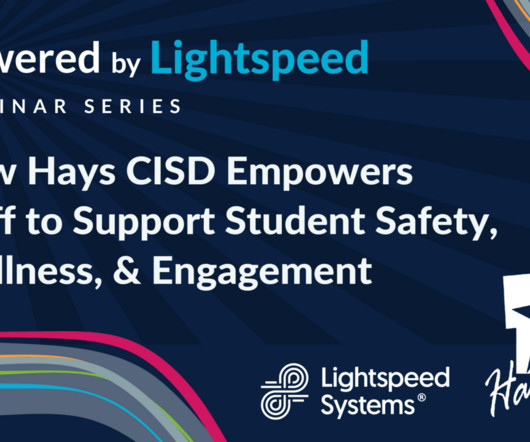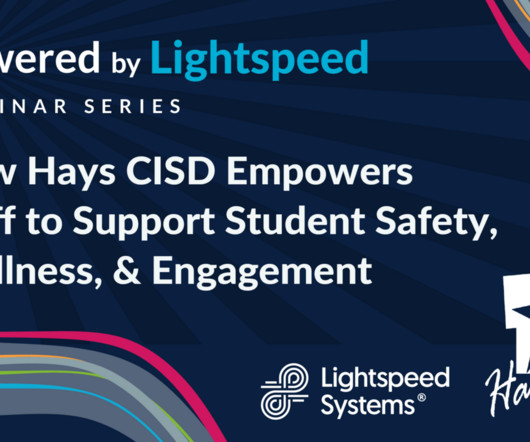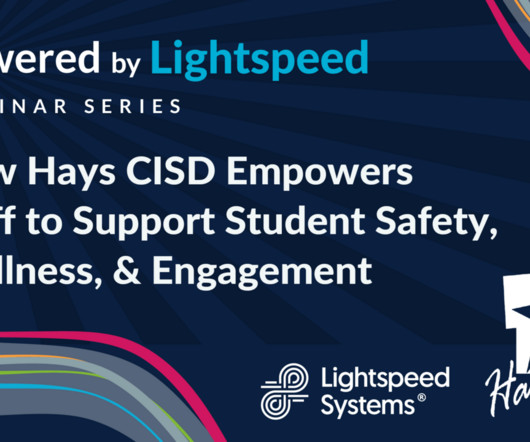Edtech Reports Recap: Video Is Eating the World, Broadband Fails to Keep Up
Edsurge
NOVEMBER 30, 2020
Early childhood” videos on YouTube nearly all have advertising. And as video dominates online instruction, more educators need easy-to-use resources for video creation. Connected Nation bases the analysis in its “Connect K-12 2020 Executive Summary” on FCC E-Rate application data for the 2020 federal fiscal year.



























Let's personalize your content